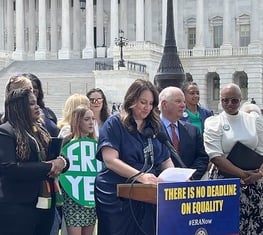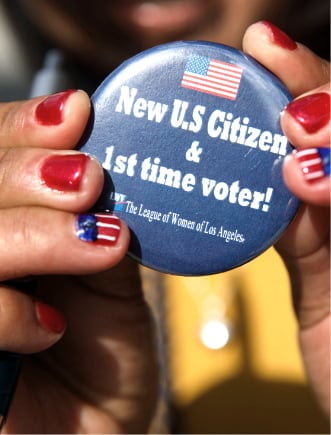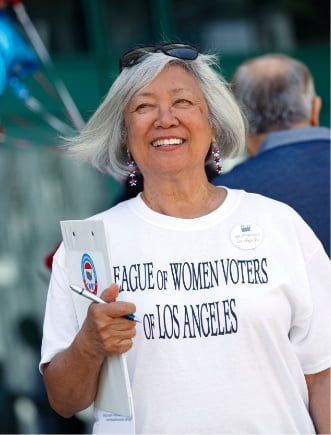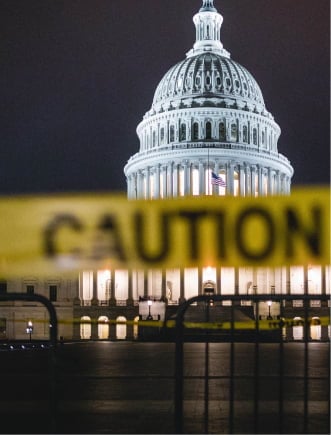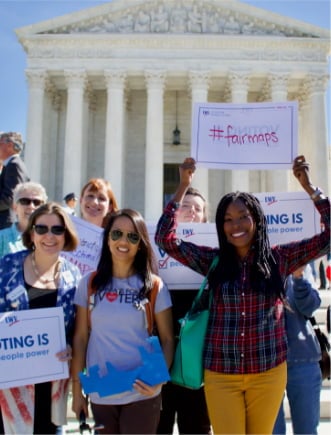This story was originally published by the Post Courier.
Redistricting, the process of drawing legislative districts to conform to the 2020 census, will be the biggest job before the South Carolina General Assembly in 2021. The process is complicated and often misunderstood.
This is a tale of the two House districts in which I live — one federal, one state. It is not about whether there is a legally unacceptable level of racial or partisan bias. Instead, it’s about “safe” and “swing” districts and what they mean for voters, the state and the nation. Artificially constructed “safe” districts are one significant factor (although certainly not the only factor) contributing to the painful polarization driving us apart at the state and federal levels.
My congressional district is a “safe” district for the incumbent’s party. If anyone were to seriously challenge him, it would be in the primary and typically would involve a challenger claiming to be even more extreme than the incumbent. The current holder of the seat is therefore quick to assure everyone that he is more conservative than anyone else who could possibly try to unseat him. He wins that way. As a consequence, he gives no evidence of caring what less conservative, moderate, or liberal voters in his district think, because there aren’t enough of them to unseat him. They become invisible.
In contrast, my SC House district is not a “safe” district. The margin of victory often has been fewer than 300 votes. This is not a district for extreme partisan ideologues. Winning the election and serving in the district means talking to and working with people with different and even competing interests. For those of us who want to see our state and nation move forward for the common good, this is a good thing. We all live here, and we all need to have our interests considered.
So, how do districts end up “safe” or “swing”? Sometimes the majority of voters in an area are certain to vote for a particular party simply because the people who live there are not very diverse politically. South Carolina has areas like this, and so new maps will include districts with predictable partisan outcomes that didn’t get that way through heavily manipulated boundaries.
However, in other cases, there are multiple configurations available when applying the complex criteria that are used in redistricting. Some solutions would lead to a more politically diverse district that is less safe for the incumbent. Others would lead to a less politically diverse and, therefore, safer district.
Legislators are tempted to serve their own interests and to make their own districts more predictably biased toward themselves and their party. In the long run, they may shoot themselves in the foot, making it easier for a more extreme candidate to take them out in a primary, but that is the alluring temptation before them. The cumulative effect over multiple rounds of sophisticated and complex redistricting is to increase political polarization.
In the last round of South Carolina redistricting, Lonnie Randolph, at that time president of the NAACP of South Carolina, commented on the proposed congressional map in a Senate hearing. He didn’t say the map was an illegal gerrymander. (It wasn’t. The map was later approved by the U.S. Department of Justice.) He just looked at the map and said, “You didn’t have to pack it that much.” He was right. The proportion of minority voters in one district exceeded that needed to fulfill the Voting Rights Act requirement that minority voters have a fair chance to elect a representative of their choosing. That packing meant there were fewer minority voters in the surrounding districts than there otherwise would have been. The result is legislators on the left and the right who are elected and serve by responding to a narrower range of interests than would have been necessary otherwise.
Redistricting will make this a busy year for legislators, and it also should be a busy year for citizens who care about their state and country. We should all pay attention and let legislators know that we want voters, not incumbents or parties, at the center of redistricting decisions.
Lynn S. Teague is vice president for issues and action for the League of Women Voters of South Carolina.

